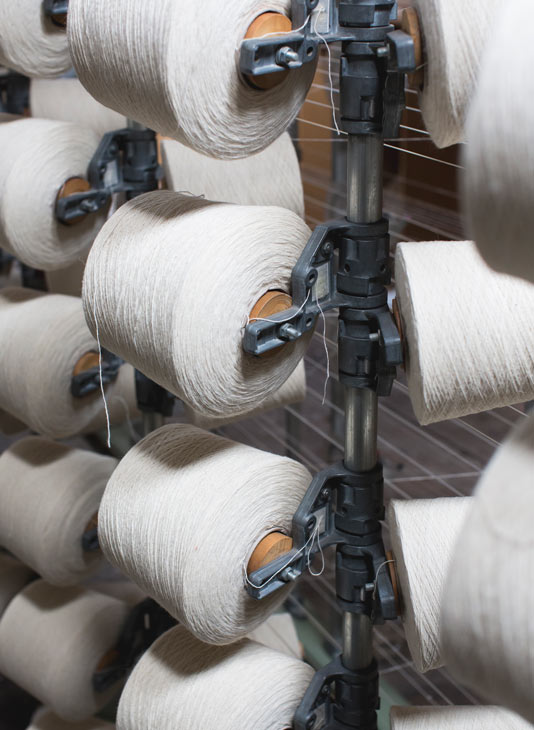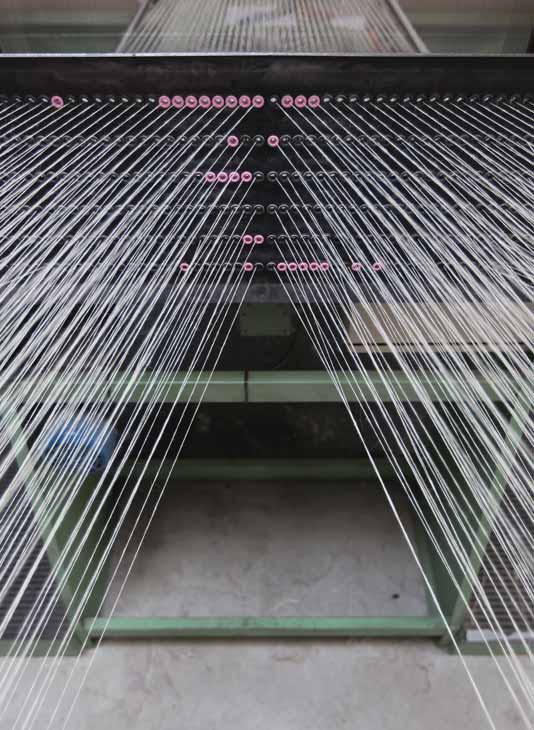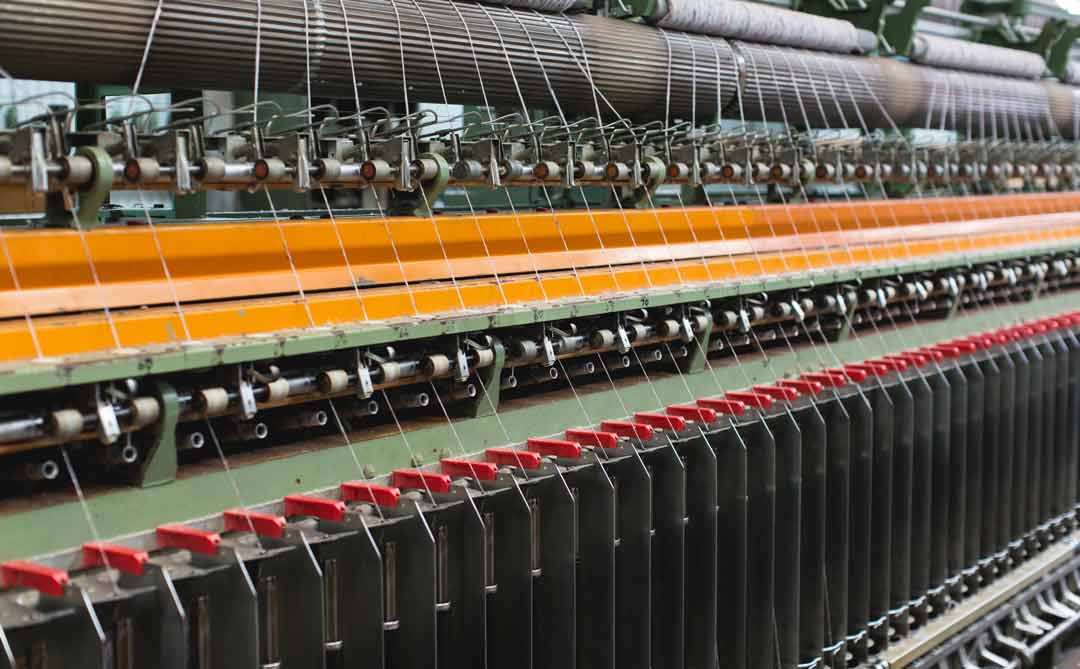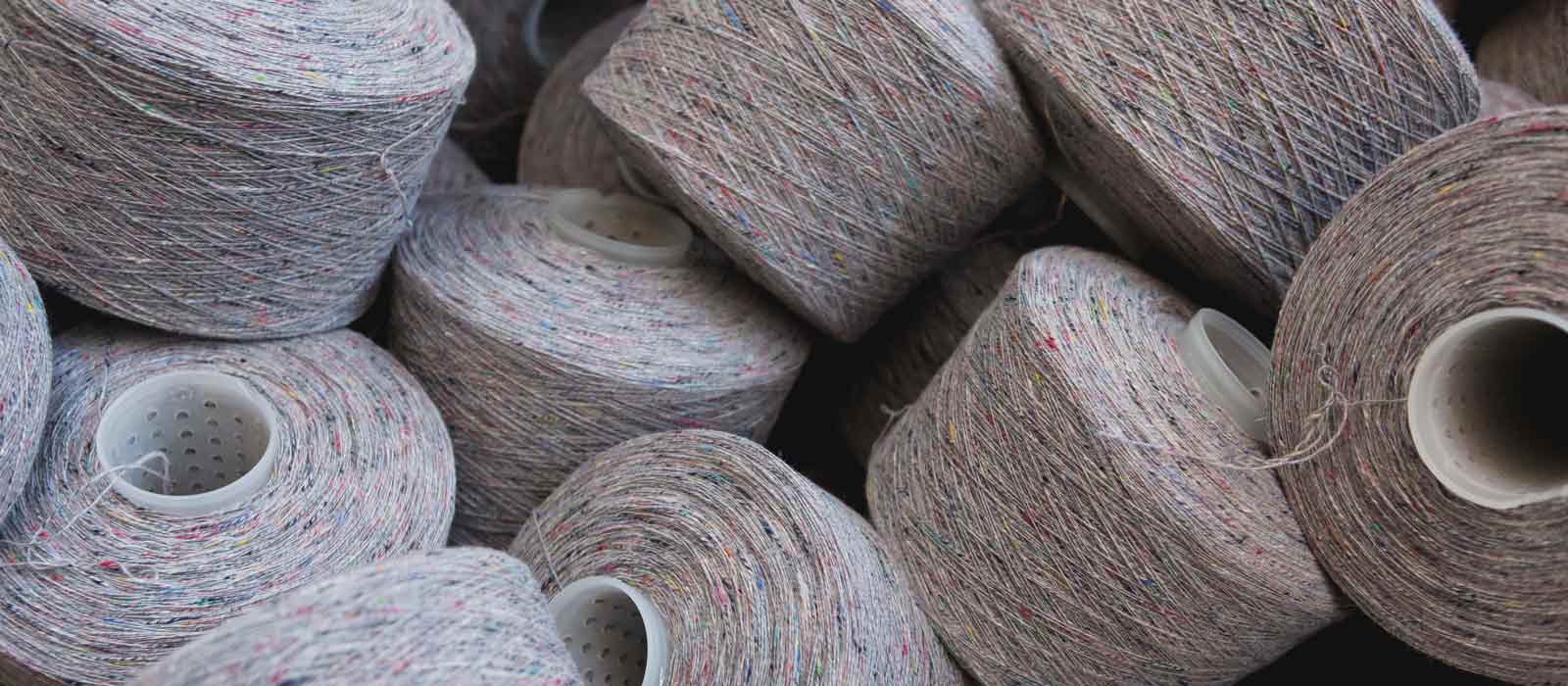Wool manufacturing in Australia is a far cry from its former glory. Yet one Tasmanian mill is bucking this trend, overcoming adversity to stand tall and produce luxurious Australian wool products from start to finish.
Nestled on the banks of Distillery Creek in Launceston, Tasmania stands a wool mill steeped in history. Waverley Mills has been producing high-quality wool textiles since 1874, and whilst it may be considered young compared with its British counterparts, it was a pioneer of textile manufacturing in Australia. Today, it is the last remaining woollen mill in Australia that’s still in full operation from raw wool to finished product. In 1874, Scotsman Peter Bulman began producing tweed, blankets, felted cloth, shirting and flannel in the mill, which the press dubbed the Waverley Woollen Factory, the name Bulman would later adapt to the Waverley Woollen Mills. So strong was the mill’s production that it once boasted 80% of the Australian blanket market and employed more than 300 people. Today, Waverley Mill now has 20 employees, but its passion, innovation and commitment to quality still burns bright.


Sourcing local Tasmanian wool along with fibre from the mainland, Waverley Mills mainly works with 18-micron fleece to ensure all blankets and throws are exceptionally soft when next to skin.
Creating a stunning range of Australian Merino wool homewares and accessories, the mill has also produced blankets for leading Australian airline Qantas. But perhaps its biggest claim to fame came in 2010 when the Australian Government commissioned Waverley Mills to create Australia’s official present for Princess Charlotte of Cambridge. Crafted from Australian Merino wool, the young princess received a luxuriously soft blanket in a neutral cream, featuring hand-sewn green and gold wattles, Australia’s national flower.
Once a dominant industry that was built on the sheep’s back, wool manufacturing in Australia has gone through troubled times and to be the last remaining mill of its kind is a testament to the dedicated staff at Waverley Mills. A recent successful crowd-funding campaign set to secure the future of mill, generating an overwhelming amount of public support from Australians and from people over- seas, too. “We did the crowd-funding for a number of reasons,” explains Waverley Mills CEO Andrew Cuccurullo. “We wanted to understand who our core supporters for the mill were, and if there was still interest in Australian manufacture and quality products. It was an avenue for us to explore what Waverley meant to Australia. We raised nearly double our target and with those funds we were able to invest in wool which gave us a fantastic base for our production needs.”

Waverley Mills is the last remaining woollen mill in Australia that’s still in full operation from raw wool to finished product.
Sourcing local Tasmanian wool along with fibre from the mainland, Waverley Mills mainly works with 18-micron fleece to ensure all blankets and throws are exceptionally soft when next to skin. A recycled range of products also sheds light on the eco-credentials of wool’s lengthy lifecycle. Natural, renewable and biodegradable, wool is the most re- usable and recyclable fibre on the planet of the major apparel fibres. At the end of its life wool is more commonly donated to others for a second life. And while wool may represent only 1.3 per cent of the global fibre supply, wool garments are donated to charity at a much higher rate of about five per cent. Incorporating off-cuts along with older blankets which have been shredded and re-spun, the recycled wool is then blended with Waverley’s softest wool yarns to create a series of products perfect for the most environmentally conscious consumers. The re- cycled fibre is made up of the mill's natural unused fibre, off-cuts and older blankets shredded, spun and blended with super-soft wool to make a recycled yarn. This yarn is then woven in its natural state, with the recycled aspect delivering coloured specs.

Cuccurullo says the mill's rich history has seen it become a global leader in high-quality textile production and its pioneering spirit has ensured it remains a leader in innovative, sustainable production processes. “It’s important to remind Australia that the mill was a big part of Australian history and its products were used by the Australian army, Qantas and many other iconic Australian businesses,” he said. “Australia is able to manufacture high-quality products and we are very good at it. The fact that the mill is still going after 140 years is a testament that manufacturing quality provides longevity. The mill is very focused on innovation and pushing what can be done with wool and that’s really exciting.”
